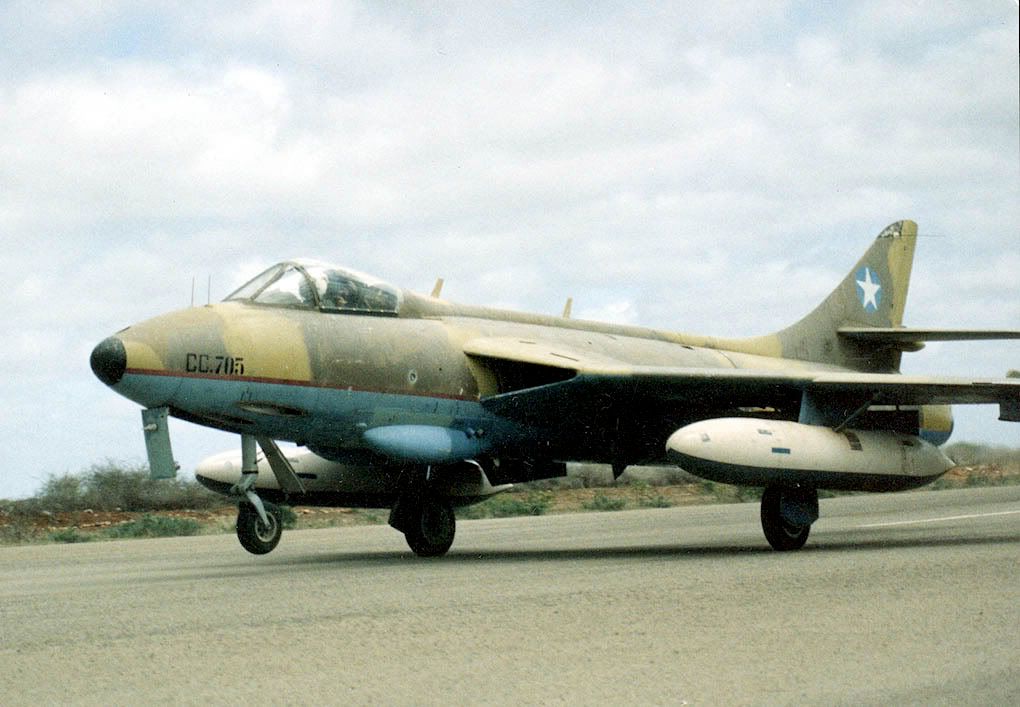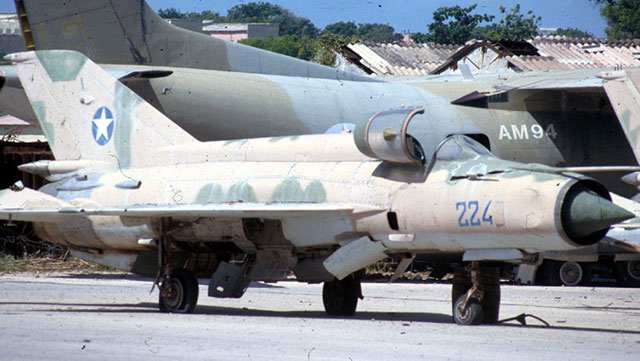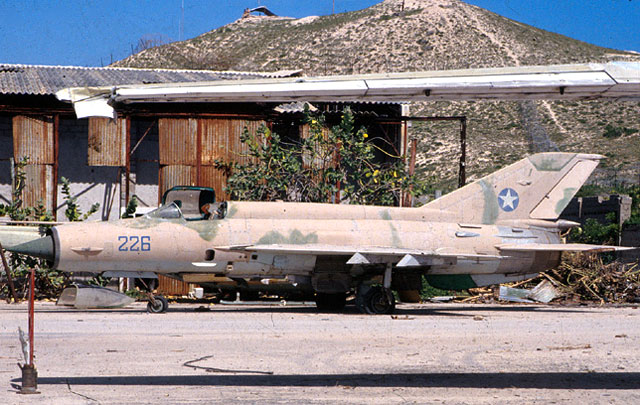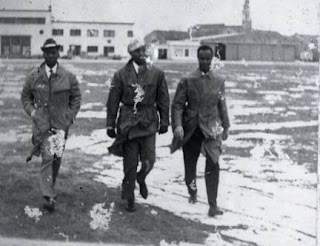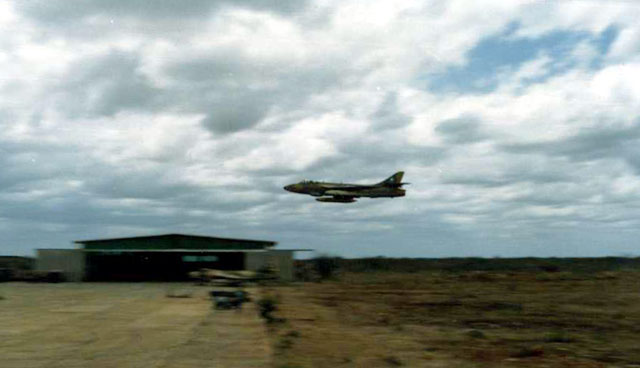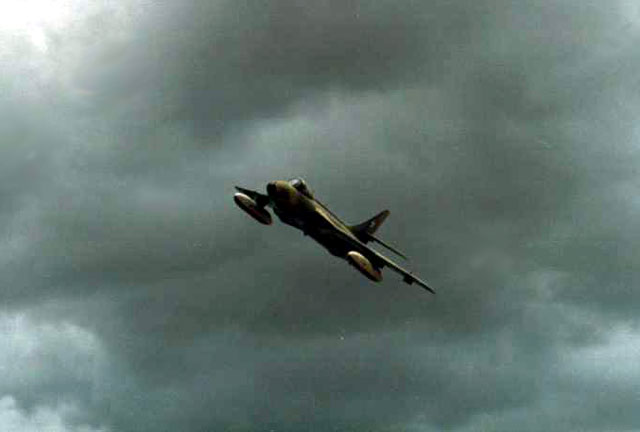
The Somali Aeronautical Corps was the name of the Somali Air Force during the pre-independence (1954–1960) period. After 1960, when Somalia gained independence, the name changed to the Somali Air Force. The SAF at one point had the strongest airstrike capability in the Horn of Africa.
The Somali Air Force was established before Somalia's independence, and was at first equipped with a small number of Western aircraft, including Beech 18s and C-47 Dakotas for transport tasks, a few Piaggio P.148 trainers, P-51D Mustangs used as fighters, and a pair of Bell 47 Sioux helicopters.
On October 15, 1969, while paying a visit to the northern town of Las Anod, Somalia's then President Abdirashid Ali Shermarke was shot dead by one of his own bodyguards. His assassination was quickly followed by a military coup d'état on October 21, 1969 (the day after his funeral), in which the Somali Army seized power without encountering armed opposition — essentially a bloodless takeover. The push was spearheaded by Major General Mohamed Siad Barre, who at the time commanded the army. Barre then proclaimed Somalia to be a socialist state, and rapid modernization programs soon followed suit. Numerous Somali airmen were subsequently sent to train abroad in countries such as the United States, Italy, the Soviet Union, and the United Kingdom. After their training, many of these men went on to become the nation's leading instructors and fighter pilots. The Somali Air Force was at this time considered to be among the very best air forces on the continent.

Asli Hassan Abade, a female pioneer in the Somali Air Force.

Ali Matan Hashi, the first Somali pilot and creator of the Somali Air Corps.
Somali Pilots
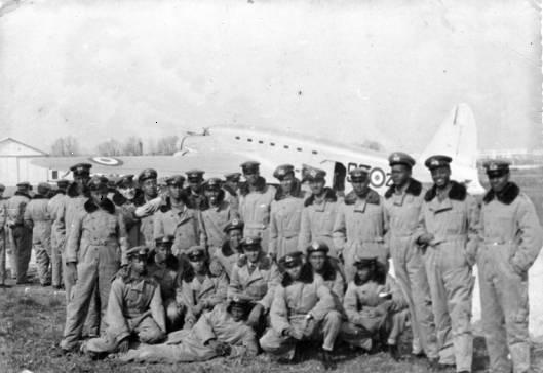



To our fallen Air force





